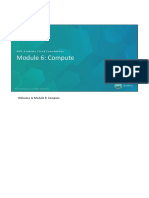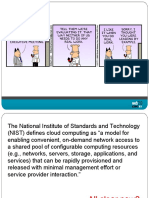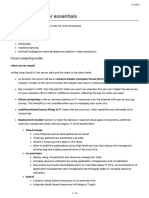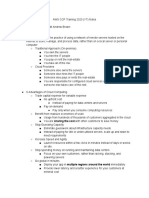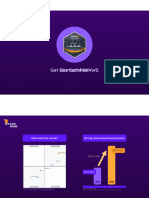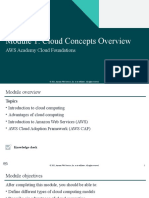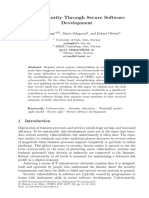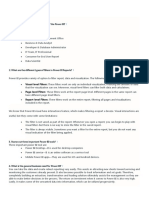0% found this document useful (0 votes)
31 views14 pagesUnderstanding AWS Compute - Conceptual Guide
The document provides a comprehensive overview of AWS compute services, contrasting traditional computing with cloud computing models. It covers core concepts such as virtualization, the shared responsibility model, and various service categories including IaaS, CaaS, FaaS, and batch processing. Additionally, it discusses scaling strategies, cost optimization techniques, security considerations, migration strategies, and best practices for operational excellence in cloud environments.
Uploaded by
pravicheersCopyright
© © All Rights Reserved
We take content rights seriously. If you suspect this is your content, claim it here.
Available Formats
Download as PDF, TXT or read online on Scribd
0% found this document useful (0 votes)
31 views14 pagesUnderstanding AWS Compute - Conceptual Guide
The document provides a comprehensive overview of AWS compute services, contrasting traditional computing with cloud computing models. It covers core concepts such as virtualization, the shared responsibility model, and various service categories including IaaS, CaaS, FaaS, and batch processing. Additionally, it discusses scaling strategies, cost optimization techniques, security considerations, migration strategies, and best practices for operational excellence in cloud environments.
Uploaded by
pravicheersCopyright
© © All Rights Reserved
We take content rights seriously. If you suspect this is your content, claim it here.
Available Formats
Download as PDF, TXT or read online on Scribd
/ 14







